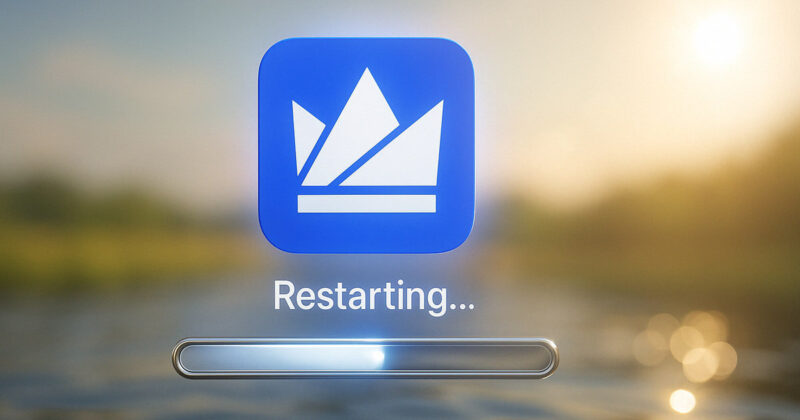Belarus is advancing plans to introduce its central bank digital currency (CBDC). According to National Bank Chairman Roman Golovchenko, the digital ruble is expected to enter full circulation by the latter half of 2026, as reported by state media outlet Belta.
Golovchenko emphasized that developing the digital ruble is a top priority for the central bank and insisted that the security and traceability of funds are of maximum importance. He described this as the “coloring” of money, enabling the state to monitor the movement of digital assets throughout the financial system.
The roadmap for the digital ruble involves three key phases: designing the platform architecture, developing proprietary software, and establishing a regulatory framework to govern its operation.
The rollout is set to begin with businesses in 2026, followed by government entities and the general public in 2027. Golovchenko noted that the digital ruble is envisioned to play a significant role in cross-border payments, with Belarus working closely alongside Russia, which is also pursuing its own CBDC initiative.
The Belarusian Center for Banking Technologies initiated the development of the digital ruble platform earlier this year, selecting the open-source Hyperledger Fabric blockchain as its foundation. This strategic choice aligns Belarus with a broader trend among central banks, including Russia and Brazil, that are leveraging Hyperledger technology for their CBDC projects. The platform’s initial focus is on core functionality, with plans to expand into a broader range of financial services.
CBDC initiative establishes independent financial channels
Belarus’s push toward a digital ruble is partly driven by the need to adapt to the growing adoption of cryptocurrencies and the impact of international sanctions. Introducing a CBDC allows countries like Belarus and Russia to establish independent financial channels and reduce their exposure to external economic pressures.
The digital ruble is intended to complement existing cash and electronic forms of the Belarusian ruble, providing an additional layer of state-issued digital currency.
In parallel, Russia has faced delays in its own digital ruble rollout. CryptoSlate recently reported that Russia’s central bank postponed the full-scale launch of its CBDC, extending the pilot phase indefinitely due to technical and operational challenges.
The Russian pilot, which began in August 2023 with 12 participating banks, focused on wallet creation, transfers, and automated payments but encountered hurdles that prompted the central bank to prioritize further refinement before mass adoption.
Belarus’s commitment to digital innovation is not new. The country adopted a comprehensive legal framework for cryptocurrencies in 2018, introducing streamlined accounting standards and facilitating crypto transactions for businesses. This regulatory groundwork has positioned Belarus as one of the more progressive nations in the region regarding digital assets.





